Dungeons are often seen as mechanical challenges—combat gauntlets for loot and progression. But in World of Warcraft, they are also condensed pieces of cinematic storytelling. Every corridor, boss encounter, and environmental cue tells a fragment of a larger story. In a game with sprawling continents, dungeons serve as microcosms of epic drama.
This article explores how Blizzard transforms limited environments into narrative experiences that feel as rich and emotional as full-length campaigns.
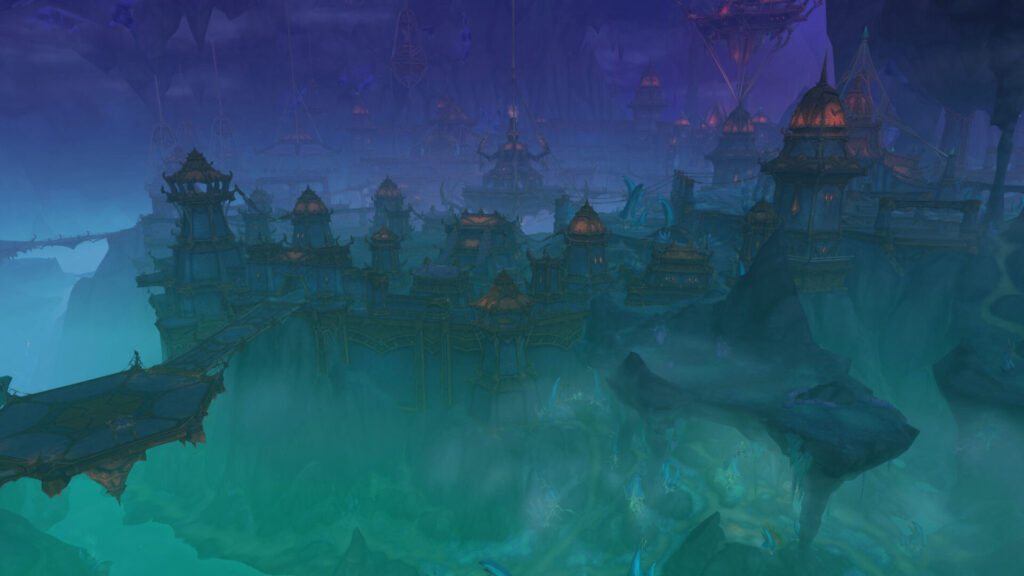
Designing Story Through Environment
WoW’s dungeon design relies heavily on environmental storytelling. Players don’t just move through rooms—they move through mood shifts. Color palettes, soundscapes, and lighting direct emotional pacing. Shadowfang Keep feels claustrophobic, while Halls of Valor glows with divine splendor. These contrasts allow Blizzard to control tone as tightly as a film director would.
Even without dialogue, the world speaks. Corpses, architecture, and ambient effects replace exposition, ensuring the story is absorbed through exploration, not just reading.
Boss Encounters as Narrative Beats
Each dungeon boss represents more than mechanical difficulty—they’re story climaxes. The sequence of encounters mirrors rising tension and resolution, like acts in a play. The first few bosses establish theme, mid-tier fights develop conflict, and the final boss provides closure.
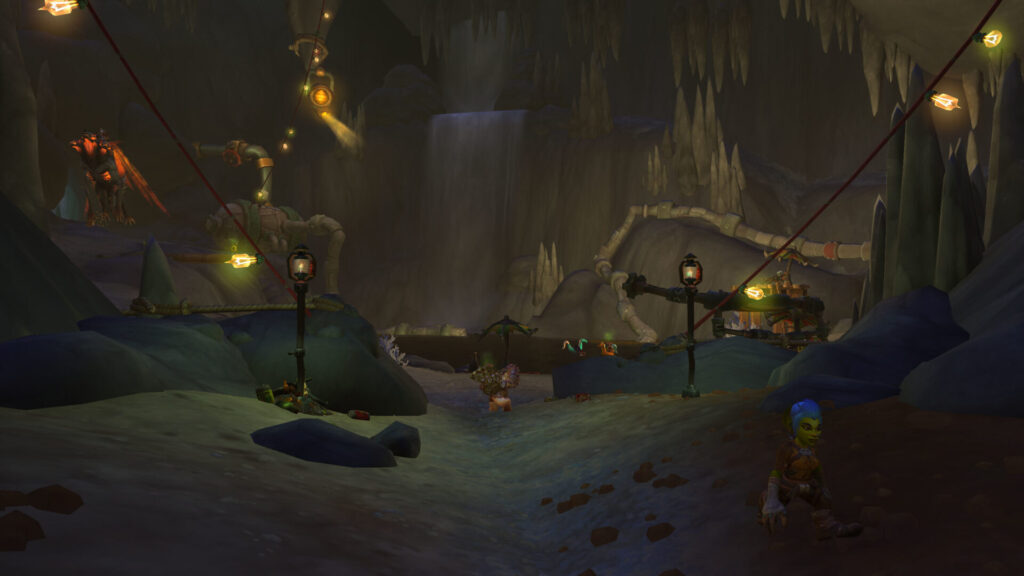
For instance, in the dungeon Halls of Atonement, each fight escalates moral tension until the final purification. Combat mechanics—chains, repentance, sacrifice—serve as literal storytelling devices, merging gameplay with theme.
The Illusion of Cinematic Space
Despite being physically small, dungeons often feel enormous. Through clever use of verticality, camera framing, and perspective, Blizzard achieves cinematic scope. Players descend into vast caverns or ascend towers where the camera pans toward a glowing horizon, creating emotional scale within limited geometry.
This technique mirrors film design, where framing and timing matter more than physical size. The result is immersion that rivals open-world zones in narrative impact.
Music and Sound as Emotional Anchors
Audio design plays a crucial role in dungeon storytelling. Music shifts dynamically to match pacing—haunting strings for mystery, brass crescendos for battle, silence for suspense. Each dungeon’s soundscape becomes its own cinematic score, subtly guiding player emotion without overt dialogue.
The table below showcases how music complements dungeon themes across different expansions:
| Dungeon | Expansion | Musical Tone |
|---|---|---|
| Karazhan | The Burning Crusade | Operatic, eerie grandeur |
| Waycrest Manor | Battle for Azeroth | Haunted waltz with Gothic undertones |
| The Nokhud Offensive | Dragonflight | Tribal drums emphasizing wind and motion |
| The Underrot | Battle for Azeroth | Organic ambience echoing decay and corruption |
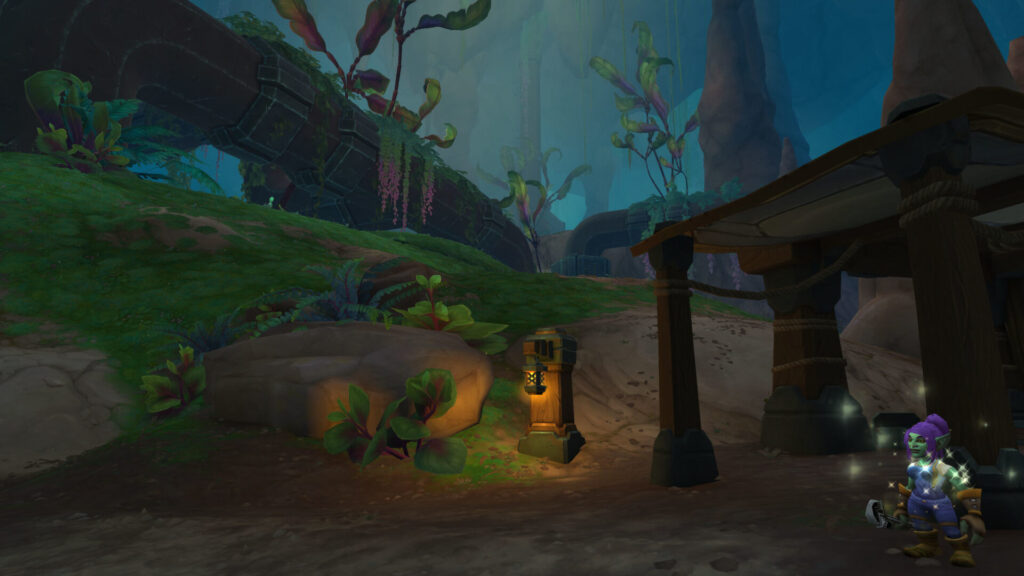
Through music and sound cues, Blizzard ensures every dungeon tells a story the player feels, not just sees.
Player Role as Story Participant
Unlike static films, WoW dungeons invite the player to co-create the narrative. Every pull and victory is part of the storytelling rhythm. When a healer keeps the group alive during a chaotic phase or a tank stands against overwhelming odds, the group becomes the protagonist ensemble. The design turns teamwork into shared drama.
This sense of participation gives dungeons rewatch value—players return not just for rewards but to relive those emotional crescendos.
Evolution Across Expansions
From the dark corridors of Blackrock Depths to the cinematic flow of The Dawn of the Infinite, dungeon storytelling has evolved into Blizzard’s most reliable narrative medium. Voice acting, pre-boss cutscenes, and phase transitions now function like film editing—smooth, purposeful, and emotionally choreographed.
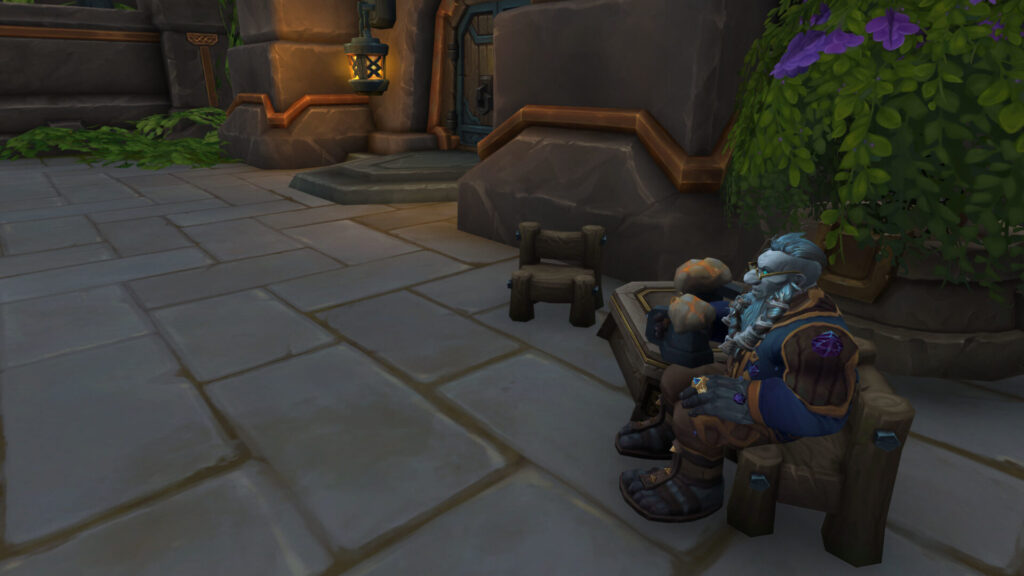
Each new dungeon demonstrates Blizzard’s growing mastery of compact storytelling: crafting emotion, tension, and catharsis within a 30-minute experience.
Conclusion
WoW’s dungeons prove that great stories don’t require sprawling worlds—they require focus. Through environmental cues, pacing, music, and emotional design, each instance becomes a miniature cinematic journey. The confined spaces only heighten intensity, making victory feel more intimate and personal.
In these crafted chambers of challenge and story, Blizzard achieves what many MMOs cannot: true storytelling within the chaos of combat, turning gameplay into living cinema.
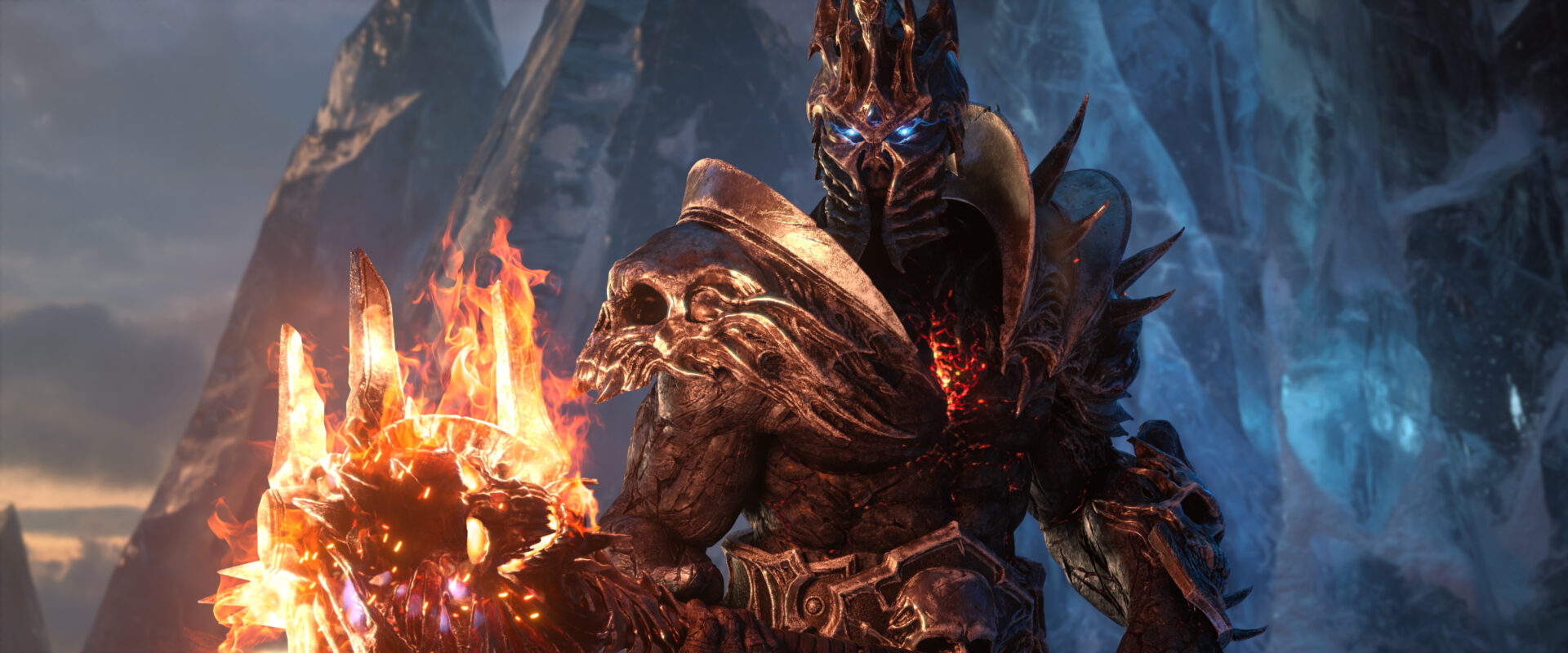

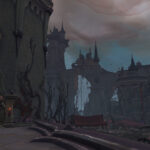

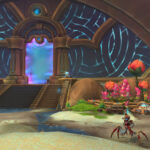
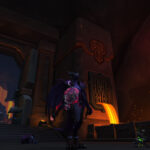

Leave a Reply